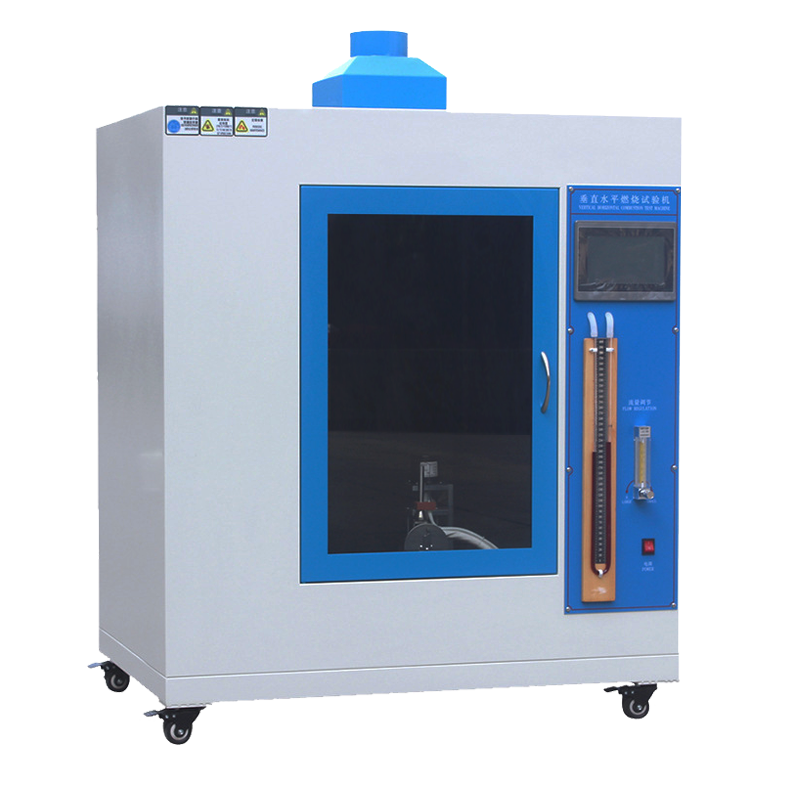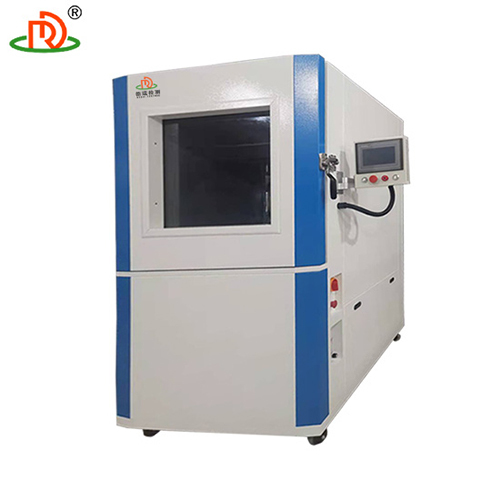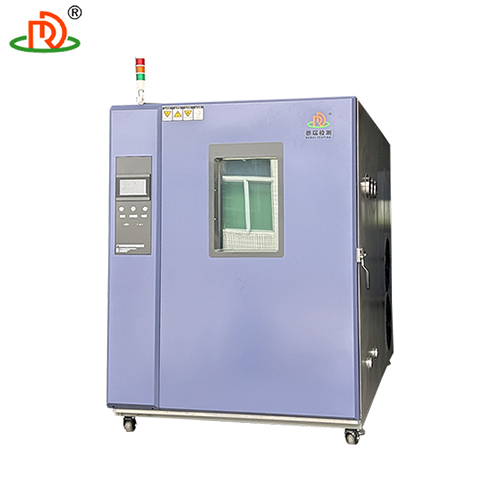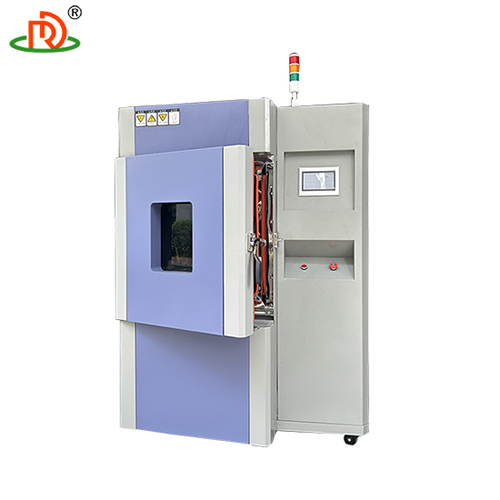Product Description
STANDARD FEATURES
| Burning Chamber Capacity | 0.75m with glass observation door |
| Burning Angle | 20 , 45 , 90 (ie 0 ) adjustable |
| Flame Time | 0 ~ 99 minutes 99 seconds can be set |
| After Flame Time | 0 ~ 99 minutes 99 seconds can be set |
| After Glow Time | 0 ~ 99 minutes 99 seconds can be set |
| Burner Dimensions | The inner diameter of the nozzle is 9.50.3mm, the effective length of the nozzle is 10010mm, and there is an air adjustment hole |
| Combustion Gas | LPG gas (Customize) |
| Flame Height | Adjustable from 20mm to 175mm as standard |
| Features | It is also equipped with lighting device, air extraction device, gas flow regulating valve, gas pressure gauge, gas pressure regulating valve, gas flow meter, gas U-shaped pressure gauge and sample fixture |
| Power | AC 220v 50HZ |
Vertical Burning Test Apparatus (Vertical Burning Test Machine) is mainly used to test the vertical burning performance of materials under the influence of flame, especially for evaluating the flame retardant properties of electronic products, plastics, fibers, insulating materials and so on. The most commonly used standard is UL94 (Underwriters Laboratories standard), which is used to evaluate the self-extinguishing ability and flame spread of materials under the effect of vertical flame.
1. Product Function
The main function of the Vertical Flame Tester is to simulate the combustion process when a flame is applied to a material and to test its self-extinguishing, flame spreading and other combustion characteristics. Specific functions include:
Fire source control: The equipment is able to simulate a standardized fire source, providing a fixed flame height and flame time to ensure the stability and repeatability of the test.
Burning Time Recording: Record key data such as material burning time and flame out time during the test.
Flame Spread Monitoring: Observe the rate of flame spread on the surface or inside the material and record the duration of combustion.
Molten droplets and drippings monitoring: Monitor whether the material produces molten droplets or combustibles during combustion, and whether further fires are triggered.
Self-extinguishing assessment: Determines whether a material will self-extinguish within a specified period of time after the source of ignition is removed.
Smoke and Gas Detection: Detect whether toxic gases and smoke are generated during the combustion process to ensure compliance with safety standards.
2. Product Selection
When choosing vertical combustion tester, you need to select the model according to the following factors:
Compliance with standards: Choose a tester that complies with the appropriate international or national standards. Common standards include:
UL94 (U.S. standard): used to test the vertical combustion performance of plastics and other materials.
GB/T 2408 (Chinese Standard): Used to evaluate the vertical burning performance of plastic materials.
IEC 60695-11-10 (International Electrotechnical Commission standard): Vertical burning test for materials for electrical and electronic equipment.
Specimen size and shape: Different specimen sizes and shapes require corresponding equipment support. For example, the UL94 standard usually requires a specimen size of 125mm x 13mm, and the tester should support the fixing and testing of specimens of this size.
Fire source control: Choose a tester with adjustable fire source height, flame time and intensity, so that more accurate testing can be carried out and adapted to the needs of different materials.
Testing accuracy and data logging: Choose equipment that can automatically record data such as burn time, flame out time, and melt drops for subsequent analysis and report generation.
Versatility: Some testing machines support multiple testing methods, such as vertical burning, horizontal burning (HB), and self-extinguishing tests. If multiple materials need to be tested, it is recommended to choose equipment that supports different test methods.
Safety and ease of use: Choose a tester that meets safety requirements and has a simple and intuitive user interface. Modern testers are often equipped with automated systems to minimize manual errors.
Frequently Asked Questions
Q1: What is the difference between vertical and horizontal burning tests?
Vertical Flame: The sample is hung vertically and the flame is ignited from the bottom to assess self-extinguishing properties and risk of dripping (e.g. UL 94 Class V).
Horizontal burning: The sample is fixed horizontally and the burning rate is tested (e.g. UL 94 Class HB).
Q2: Are test results affected by ambient humidity?
Significantly: High humidity may prolong the after-flame time, and the samples need to be pre-treated according to strict standards.
Q3: How to determine whether the droplets ignite the degreasing wool?
Observe whether there is an open flame or cloudy ignition on the cotton wool (sustained smoke for more than 30 seconds is considered to be ignition).
Q4Is it valid if the length of the sample is less than 40mm after burning?
Invalid: UL 94 requires that the remaining length after burning is 60mm, otherwise, it is necessary to take a new sample for testing.
Q5: Is it possible to test samples with thickness >3.2mm?
Yes, but the thickness needs to be specified in the report. Some standards (e.g. VTM grade) are applicable to thin materials.
Q6: How to choose methane or propane as fuel?
Methane: UL 94 compliant, stable flame temperature.
Propane: Higher calorific value, suitable for special material testing (need to specify in the report).










 English
English Spanish
Spanish French
French German
German Italian
Italian Chinese (Simplified)
Chinese (Simplified) Japanese
Japanese Korean
Korean Arabic
Arabic Portuguese
Portuguese